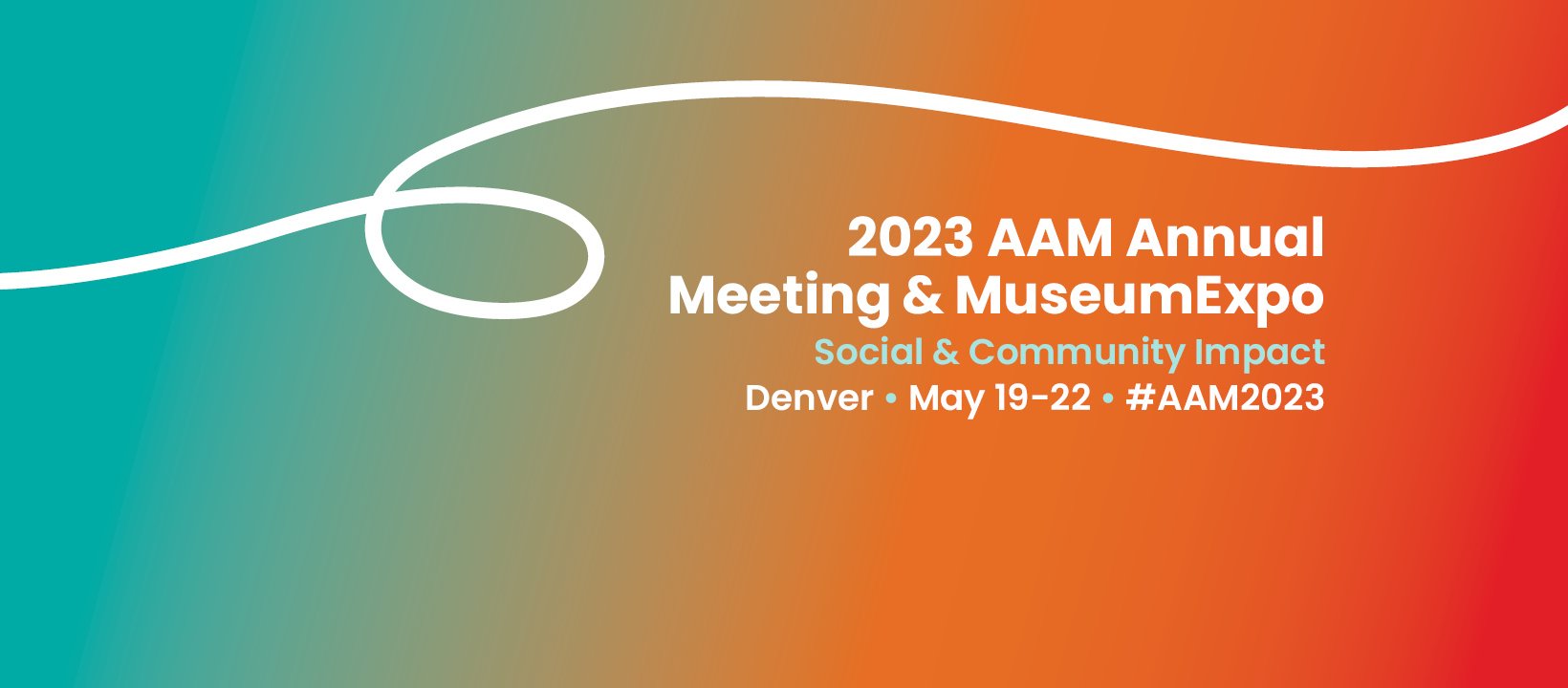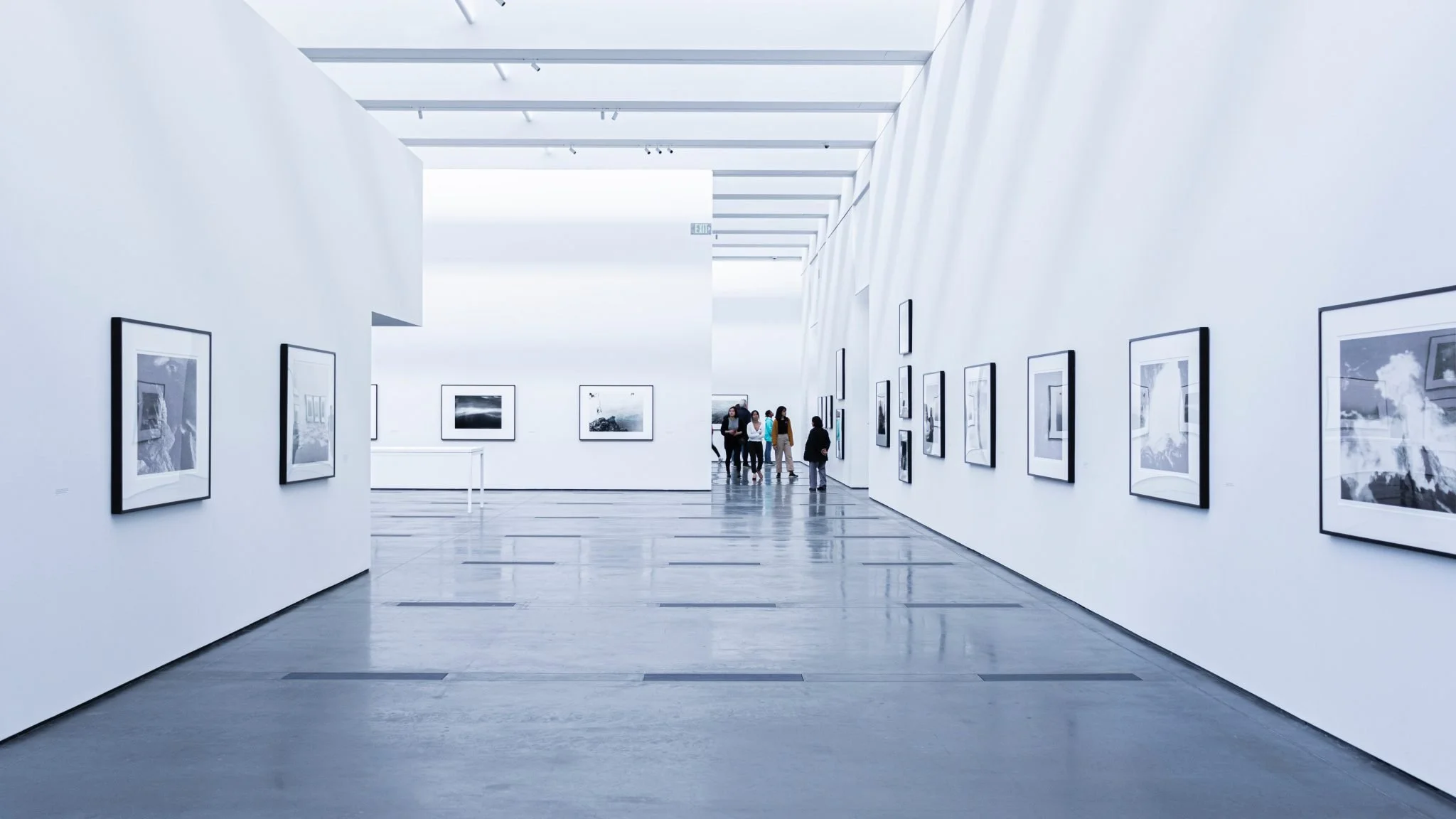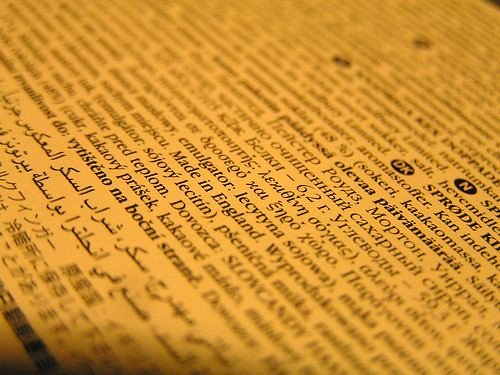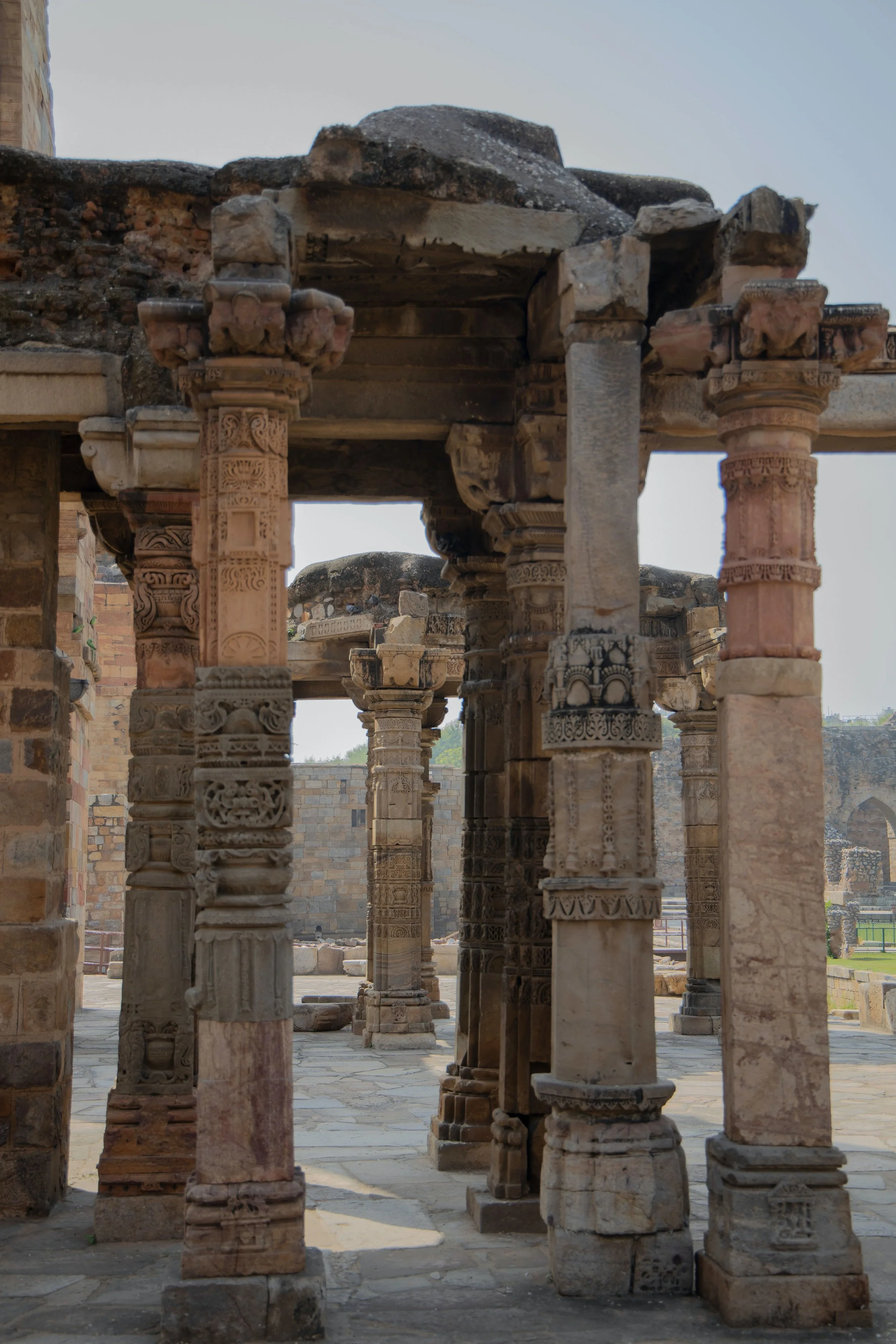Art serves various purposes, ranging from aesthetics, to therapeutic uses, to avenues for making powerful statements – including meaningful contributions to the conversation on climate change and climate advocacy. Here’s how some museums around the world are partnering with artists to use their voice surrounding climate advocacy through installations of art and technology.
American Alliance of Museums 2023 Conference Takeaways
Enhancing Museum Accessibility with GIS
2022 UX Design in Museums: How Are “Innovative” Exhibits Driving Attendance?
User Experience Designers in today’s world must discover new ways to evolve their work alongside the external challenges that they encounter. Since the Covid pandemic began, many museums have adapted their exhibits to be accessible online, allowing for continued traffic and artist exposure— from the living room couch rather than in person. How have levels of digital readiness compared to user experiences?
In the News: July 2022
July has been a whirlwind of a month at the intersection of art and technology. From possible successful legislation on data privacy in the US, to the Italian government putting its foot down on NFT sales, or just an AI making uncanny valley art that is starting to get a little too real, a lot has happened in the world. The spread of articles below give a glimpse into a small portion of the interesting events that have occurred this month!
Museums' Use of Natural Language Processing
Natural Language Processing is used by a variety of institutions, including the fine arts. For a review on its origins and use, read this article. Many museums are employing professional translation services. For instance, the Field Museum in Chicago uses a company called Multilingual Connections, and the Denver Botanical Gardens, South Florida Science Center, and the Metropolitan Museum of Art use a company called Eriksen Translation. That is, museums must pay for professional human translators in order to offer material in multiple languages. Besides machine translation’s promise of museums’ ability to better serve communities in America, the international museum industry also thrives off the ability to offer people a window into culture and identity that isn’t possible without accurate translations. The significant reduction of costs that would occur if machine translation improved would offer museums the ability to broaden their offerings and expand their visitor experience beyond their current capabilities.
Understanding Natural Language Processing
In a world where Siri can set alarms, give us directions, and look things up, shouldn’t machine translation be better by now? How does machine translation work? Why are museums still using human translation? And most importantly, what happens when machine translation is good enough that museums and other arts enterprises can use it without human oversight? Regardless of its shortcomings, Natural Language Processing has made profound developments within the past 5 or 6 years. While there is still much to be improved on, its integration into everyday life personally and professionally shows that this technology will only experience improvement in the future.
NFTs: Digital Renaissance or Death Knell of Traditional Art?
The hype around non-fungible tokens (NFTs) seems to be reaching a fever pitch. With news of certain digital art pieces selling for tens of millions of dollars and conjecture about what utility these tokens may have outside of the art world, for better or for worse, Web3 has arrived. These technological developments are not just demonstrating a technological evolution, though. They are also creating massive disruption across the visual art industry. The advent of NFTs is spurring a digital r
Be Bold and Transform: Takeaways from the 2022 Alliance of American Museums Conference
The 2022 Alliance of American Museums’ conference in Boston offered bold and transformative ideas that all arts organizations need to understand as they re-create their operations and strategies for 2022 and beyond. Recognizing that “Normal is not the goal post” is the critical first step. A summary of highlights from my point of view might inspire you, or at least offer excellent conversation starters in your next meetings.
The Key Role of VR in Preserving Cultural Heritage
Virtual reality (VR) has quickly become a mainstay for exhibiting arts and cultural organizations. When looking at it as a concept, “VR has the potential to simulate imaginative and existing physical environments along with their processes. The simulations can be tuned to a highest level of multisensorial realism in order to affect users' visual, auditory, tactile, vestibular, and even olfactory and gustatory senses.” But what does it mean to museums and cultural organizations, and how can it help the arts?















